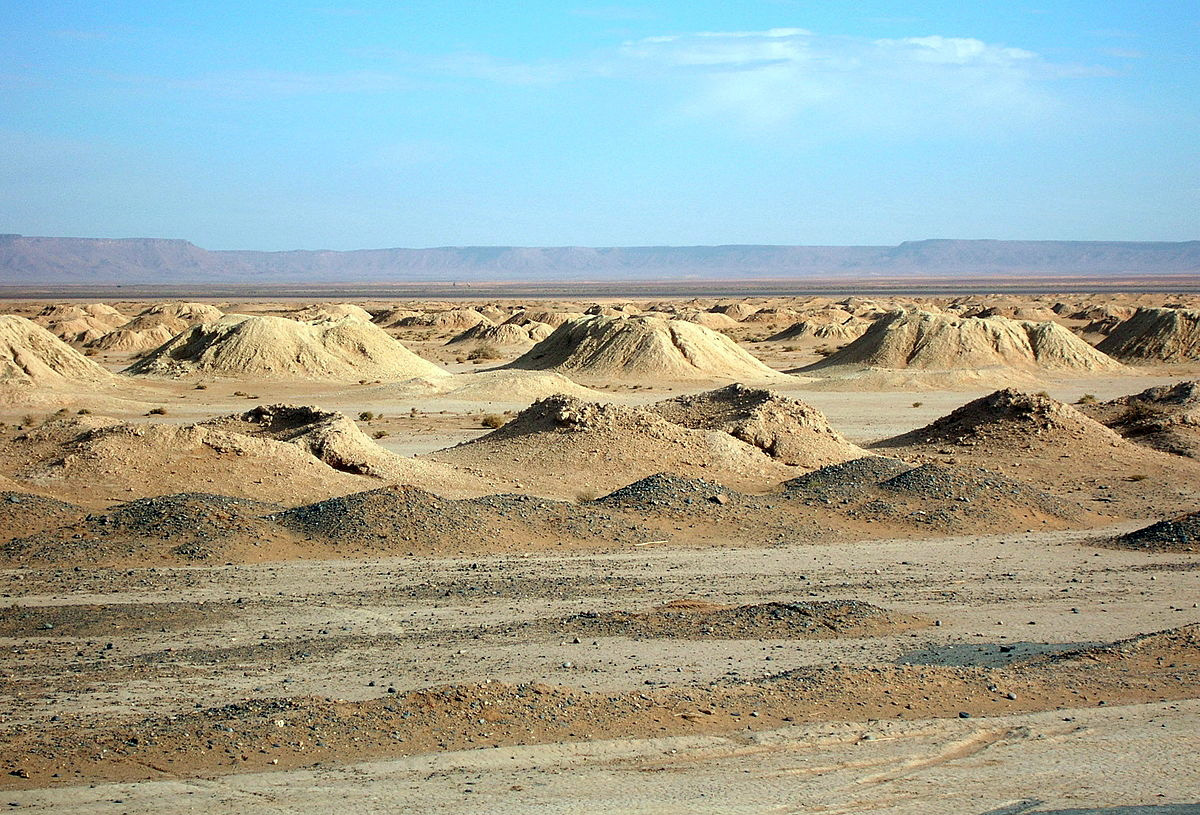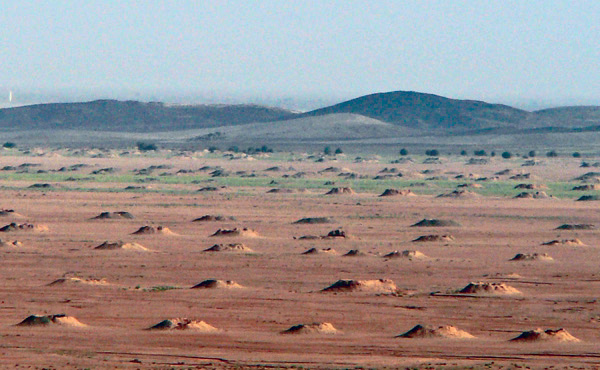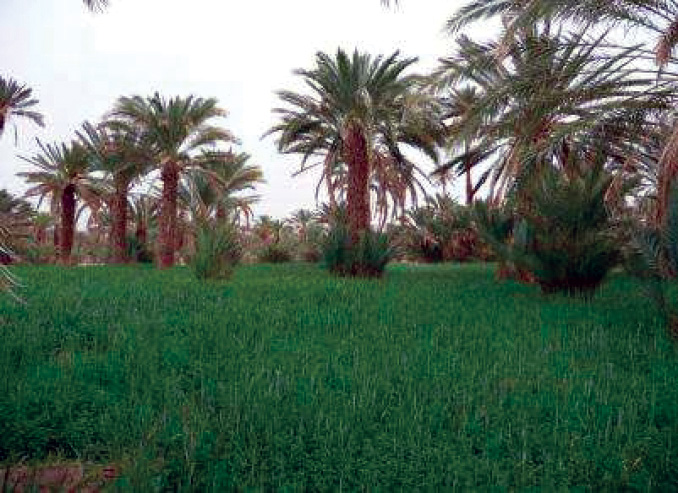Khettaras
Profile; ?>The Khettaras still constitute today, in the oases of southern Morocco, an ingenious system for collecting groundwater from the water table. This hydraulic structure allows the collection of water underground at its end while minimizing losses through evaporation. They are also known in other countries under the name of Foggara or qanât. Its presence spans from the Middle East to Afghanistan, China and Japan in the East and West to the Maghreb, in Sicily (Palermo) to Andalusia (Spain). In Morocco, the first use of khettaras dates several centuries back. In the 16th and 17th centuries, the Almohad dynasty ensured diffusion of the technique of draining galleries in many regions of the Empire.
The Haouz of Marrakech is a high place in the Mediterranean hydraulic history. In a semi-arid plain with an extremely hot summer climate, generations of marrakchis have been able to capture groundwater resources for over nine centuries through the establishment of hundreds of khettara. In Marrakech, the Khettara system is at the origin of the city's water supply, irrigation of gardens and palm grove of the city.
The oases of the Tafilalet Region occupy a central place in the Moroccan civilization of water, the khettaras reflect centuries of human ingenuity to benefit from the floods of the Ziz and the Gheris rivers coming from the High Atlas, and to extract the underground water by draining galleries. By 2000, the number of khettaras in operation in the Tafilalet area were 308 with a length of 1,190 km serving 155 perimeters with a total area of 12,750 ha.
This ingenious groundwater catchment system includes two types of Khettaras:
Khettaras of river (oued) – Originate in a wadi and drain the groundwater from his courses. Length: varies from 500 m to 1 km.
Khettaras of water table – Located at the foot of a "jebl" (Mountain) or on the terraces of a wadi; Length: can go up to 10 km (case of Tafilalet)
The khettaras is a sort of water mine, an underground gallery that intercepts the water of a water table located upstream of the area to be irrigated. The water collected is transferred by simple gravity to the outlet. Many inspection wells are visible on the surface, they allow aeration during construction and maintenance of the structure. The pipes follow a slight slope and run about 5 or 10 m below the surface of the ground. The khettaras themselves has a sufficient diameter (1 to 1.20 m) to allow the movement of a bent man, a worker advancing from downstream to upstream at the time of the drilling, and a worker circulating to carry out maintenance work. The irrigation of oases with underground water resources relies on a whole art of combining wells to extract rare waters and khettaras which provide little water but all along the year. The flow rate of Khettars is variable according to rainfall, annuals upstream, the length of the draining part and the qualities of ground and basement.
The ingenuity of the Khettaras lies in its design and its adaptation to the conditions of life and the Saharan climate. They are designed to serve as a catchment system of rainwater, seepage water. It is an appropriate technology adapted for water supply. They are low-cost structures, built using local labour and know-how. They can supply water for various uses drinking water for populations, irrigation of crops and trees and animal watering. There is no energy cost for its operating since it is based on gravity flow of water. They require periodic control and maintenance and rehabilitation operations as necessary. Khettaras help to fight desertification, the progress of sand in the region and therefore the safeguard of human life and the environment of the region.










